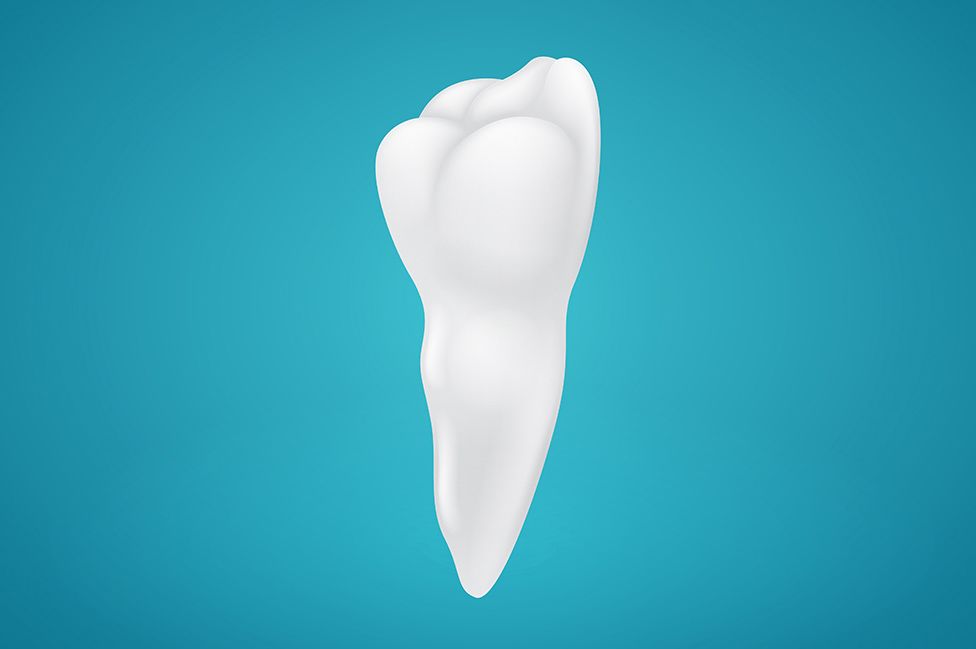How Exposed Roots Can Lead to Tooth Sensitivity
 Here at Dental Associates of New England, we want to take a holistic approach to dentistry. By considering dental care as a whole, we hope to enhance overall dental wellness. This makes us one of the leading dental practices in the Boston area.
Here at Dental Associates of New England, we want to take a holistic approach to dentistry. By considering dental care as a whole, we hope to enhance overall dental wellness. This makes us one of the leading dental practices in the Boston area.
Sometimes it takes oral surgery to treat serious dental health problems. Exposed tooth roots are one such issue that oral surgery can help with. Let's take a moment to consider exposure of the tooth roots, the issue of tooth sensitivity, and options for treatment and prevention.
The Anatomy of a Tooth
To help understand tooth sensitivity and root exposure, let's consider the basic anatomy of a tooth.
The top portion of a tooth is referred to as the crown. This is the portion of the tooth covered in enamel and intended for biting and chewing. The gumline conceals the root of the tooth, which is what anchors the tooth in place.
Beneath the enamel layer of the tooth is layer of dentin. In the center of the tooth is a hollow chamber that contains a substance known as dental pulp. This pulp was essential for the formation and development of a tooth and is comprised of nerves, blood vessels, and connective tissue.
What Is Gum Recession?
Gum recession refers to the peeling back and away of the gum tissue around a tooth. When this happens, more of a tooth's root structure is exposed. The problems is that once the gum tissue is lost, the gumline will not reform on its own.
Common Causes of Gum Recession
The most common causes of gum recession include:
- Gum disease
- Aggressive brushing and flossing
- Teeth grinding (bruxism)
- Trauma to the mouth
- Smoking
- Chewing tobacco
Why Tooth Sensitivity Occurs
The root structure of a tooth is intended to be concealed by the gum tissue. The roots do not have as much enamel in place as the crown. This leads to issues with sensitivity especially when eating or drinking hot/cold items.
With more of the root structure exposed, it's also possible for tooth decay to develop below the gumline. When this occurs, it can lead to serious problems with sensitivity, discomfort, toothaches, and root canal infections.
Treatments for Gum Recession
The best option for treating gum recession is gum grafting. This is an oral surgery procedure that involves the suturing of soft tissue in order to rebuild the gumline. This may involve the use of donor soft tissue (typically from the roof of the mouth) or artificial gum grafts.
The extent of grafting and the ideal method of performing the procedure can be discussed in greater detail during the consultation process.
Ways of Preventing Gum Recession
The best way to prevent gum recession is to avoid using tobacco products and to practice good oral hygiene. Be sure to brush at least twice a day and floss at least once a night, but do so gently. Ideally you should brush and floss after every meal.
Learn More About Advanced Dental Care Treatments
To learn more about dealing with tooth sensitivity and how we can improve your dental health and wellness, be sure to contact our cosmetic and restorative dentistry center today. The team at Dental Associates of New England is here to help you have the healthiest and most beautiful smile possible.





